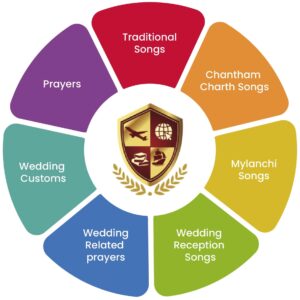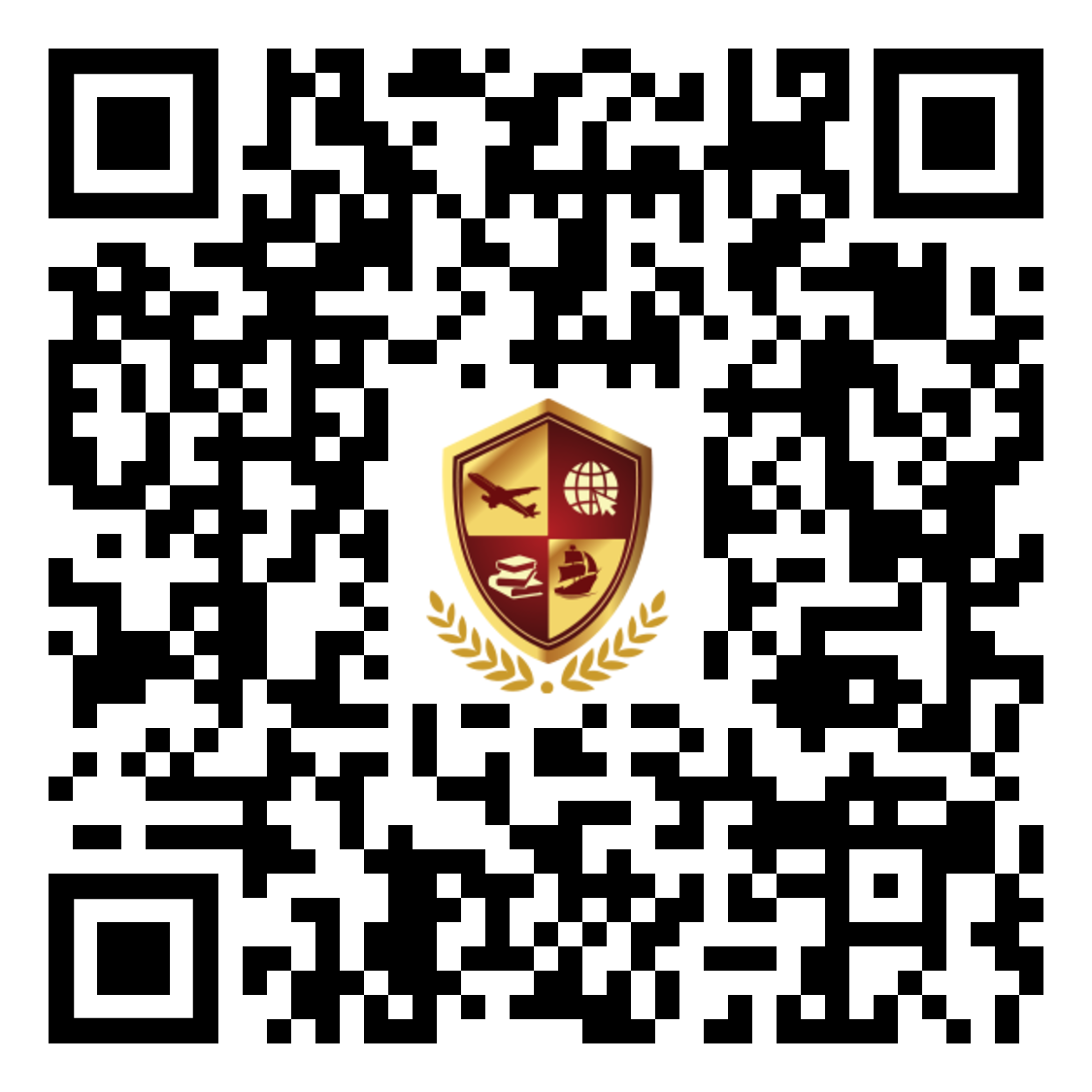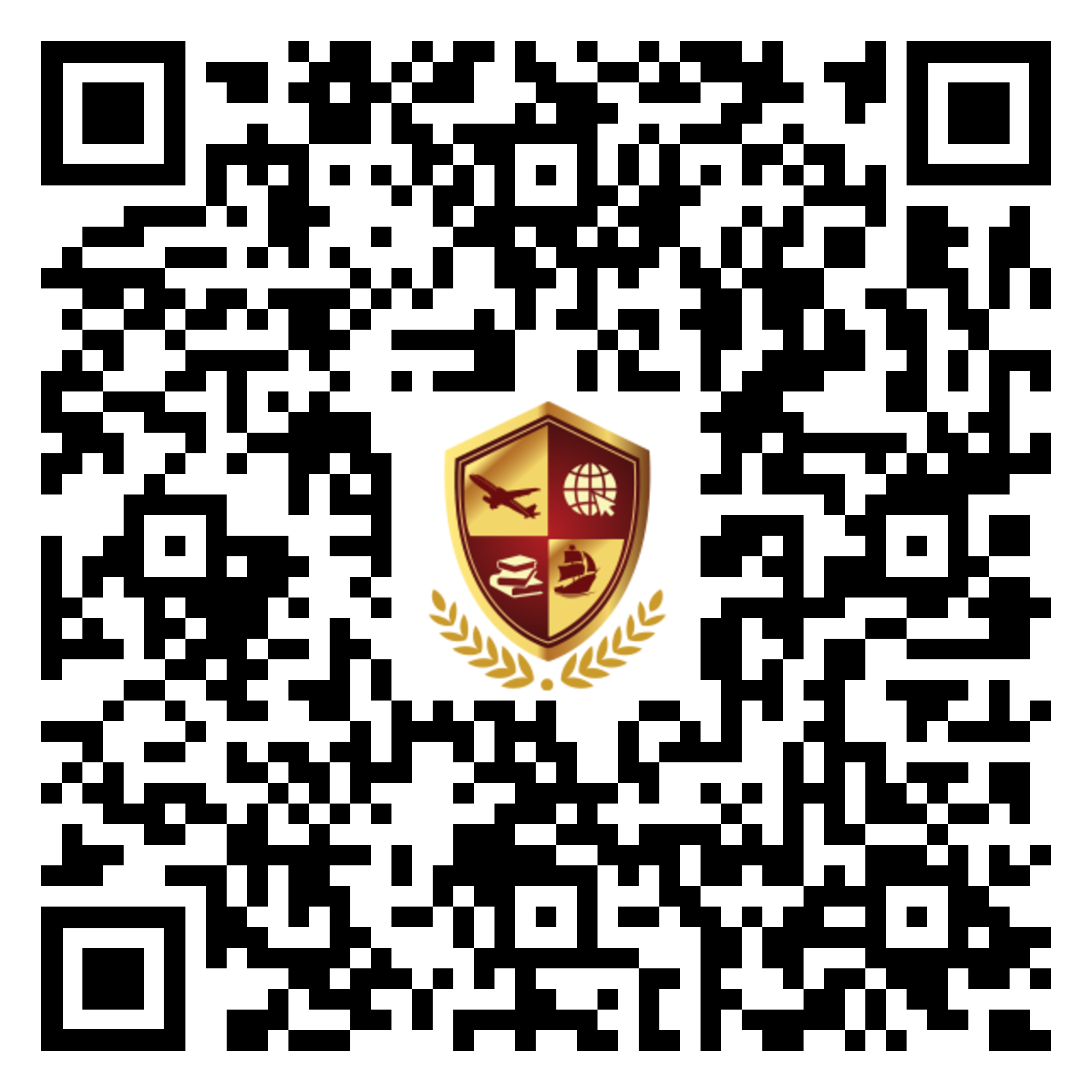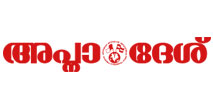
COMMENTARY AT THE WEDDING BANQUET HALL
Prelude at the Wedding Banquet: During the past, the post-marriage procession from the church to the groom’s house was by walking through the streets, accompanied by musical instruments, men’s “nata vili,” women’s devotional songs, and young men holding sword and shield in line like honorary security. The newlyweds used an elephant or a palanquin for the royal ride. These are among the excellent privileges King Cheraman Perumal of Kodungallur granted to our community through Knai Thomman. Our newlyweds will now enter this reception hall. We will use Knanaya traditional customs at this welcoming ceremony.
Nadavili: The initial Nadavili ceremony was conducted in front of the church, at the base of the granite cross, prior to departing. The second Nata Vili will now be held at the entrance to the banquet hall and the third will occur inside the hall.
Thazhakkuda (if any): You can see a special umbrella that is colorful and flat on the top. It is called Thazhakkuda brought from the church by the bride’s uncle as part of the wedding procession. It was a privilege Knai Thomman achieved for our community in the fourth century.
Carrying the Couple (Optional): It was customary in the past for couples to travel from the church to home on an elephant or in a palanquin, which was a privilege granted to Thomas of Kinai and his people from King Cheraman Perumal. To commemorate the tradition that has faded, the uncles now carry the couples to symbolize their fondness for the newly married. Though the newlyweds are not teenagers, the uncles carry them to the front of the stage.
Nellum Neerum (Paddy and Water): The bridegroom’s mother now brings a plate that contains seven paddy grains soaked in water and a piece of palm leaf in it, blessed on Palm Sunday. It is traditional for the bride’s mother to hold the plate of “Nellum Neerum” and the bridegroom’s sister to carry the lighted lamp called Koluvilakku. The bridegroom’s mother immerses the piece of palm leaf or kuruthola into water and presses with it three times on the foreheads of the groom and then the bride in a cross pattern. It is a prayerful wish for the newly wed for their prosperity and fertility in the family life that they have started. The groom’s mother formally welcomes the couple into the home.
Koluvilakku is also known as “pakalvilakku” (daytime lamp) which is another privilege King Cheraman Perumal gave to Thomas of Kinai. Such lamps were in use for processions of church festivals in Kerala. The lamp represents Jesus, who introduced himself as the light of the world.
Couples Sitting on Manarkolam: The uncles lead the newlyweds to the Manarkolam, or elevated seats, which have been set up under a canopy as a symbol of royalty. This is a symbol of the power and honor God gave to Adam and Eve in the paradise. The bride is seated to the left of the groom. This shows that her husband has taken on the role of her guardian, in place of her father. According to the Knanaya tradition, the Manarkolam or the couple’s seat is to be covered with wool and a white linen. The rough wool denotes the difficulties and adversities of married life, while the white linen signifies conquering them with a clean lifestyle.
Vazhoo Pidikkal (Maternal Blessing): We are now about to witness a touching and sacred ritual where the bride’s mother will offer her blessing to the couple. She will ask three times “Vazhoo Pidikkatte?” (Shall I bless?) and get permission from the audience. Then the choir will sing “Vazhoo paattu” (Blessing Song). The mother will stand on a pedestal facing the couple and bless the newlyweds with her hands extended in the shape of a cross. Her right hand will be on the groom’s head and the left hand on the bride’s head. It is like the Syro-Malabar priest holding his hands crosswise during the Holy Qurbana to invoke the dwelling of the Holy Spirit on the Blessed Sacrament. The Old Testament states that when Patriarch Jacob blessed his son Joseph’s two children, he crossed his arms over their heads.
During the “vazhoo vattakkali” song starting, “Aalaha naayan thunayale chollunnu,” the bride’s mother will serve the couple fruit-slices mixed with milk from the same cup. To prepare for that, the bride’s mother will help them rinse their mouths with water from kindi and spitting in the kolambi.
Kacha Thazhukal (Cloth Caressing): (After singing “Ponnanintheedum.”) The next traditional item is Kacha Thazhukal. Groom’s paternal uncle will now give the groom a saree to hold in his both hands. The bride’s maternal uncle will wrap his shoulder cloth around his head and will ask permission from the audience, saying three times, “Kacha Thazhukatte?” (Shall I caress with the cloth?). Then, without removing the headwear, the uncle will touch the groom’s waist three times with both hands and then will touch the bottom of the groom’s hands and the saree. He will then pass the saree to the hands of the bride and do the same again. Afterwards, he will take the cloth and will withdraw. The bride’s mother (Amma-Paathi) and grandmother (Ammoomma-Paathi) will do the same. Gift of clothes is a thanksgiving from the groom’s family for rearing the bride. Touching below the thigh was a customary practice in the Old Testament period to signify a pledge. The patriarchs Abraham and Jacob performed that action. So, thazhukal is an assurance of continued support from the bride’s family to the couple (Vellian, “Knanite Community: History and Culture,” p. 20-21).
Garlanding the Couple with the Gold Chain: A recent practice involves the garlanding of a gold chain jointly at the manarkolam by the bride’s mother to the groom and by his own mother to the bride. The mothers of the couple will now do that on stage.
Food Service: To prepare for the wedding banquet, the groom’s uncle will now give the bride’s uncle water to wash his hands with kindi and kolambi. (The groom’s uncles will then give fried “chicken thigh” to the bride’s uncles). Food service will start soon for all.
Vazhi Pukala (Snack for travel): People used to chew tobacco leaves in the past. When the bride’s uncles returned from the wedding house, the groom’s family sent them away with tobacco to chew on their return journey. Since people don’t use tobacco now, the groom’s family now gives snacks instead of the tobacco.

The Knanayology Foundation (Knanaya Global Foundation NFP), a non-profit organization registered in IL, USA, hosts Knanayology and undertakes other projects on Knanaya Community .







